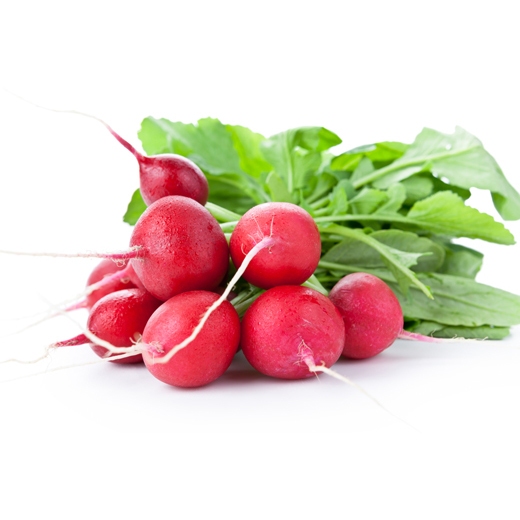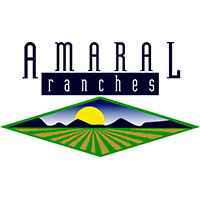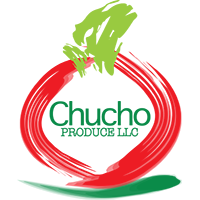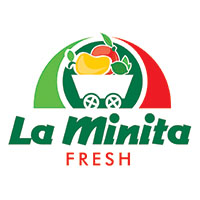How to Find Us?

Bunched radish
The radish (Raphanus sativus) is an edible root vegetable of the Brassicaceae family that was domesticated in Europe in pre-Roman times. Radishes are grown and consumed throughout the world, being mostly eaten raw as a crunchy salad vegetable. They have numerous varieties, varying in size, color and the length of time they take to mature. They are sometimes grown as companion plants and suffer from few pests and diseases. They germinate quickly and grow rapidly, smaller varieties being ready for consumption within a month while larger daikon varieties taking several months. Some radishes are grown for their seeds: oilseed radishes, for instance, may be grown for oil production.
Radishes, raw
Nutritional value per 100 g (3.5 oz)
Energy 66 kJ (16 kcal)
Carbohydrates
3.4 g
Sugars 1.86 g
Dietary fiber 1.6 g
Fat
0.1 g
Protein
0.68 g
Vitamins
Thiamine (B1) (1%) 0.012 mg
Riboflavin (B2) (3%) 0.039 mg
Niacin (B3) (2%) 0.254 mg
Pantothenic acid (B5)
(3%) 0.165 mg
Vitamin B6 (5%) 0.071 mg
Folate (B9) (6%) 25 μg
Vitamin C (18%) 14.8 mg
Trace metals
Calcium (3%) 25 mg
Iron (3%) 0.34 mg
Magnesium (3%) 10 mg
Manganese (3%) 0.069 mg
Phosphorus (3%) 20 mg
Potassium (5%) 233 mg
Zinc (3%) 0.28 mg
Other constituents
Fluoride 6 µg
Link to USDA Database entry
Units
μg = micrograms • mg = milligrams
IU = International units
Percentages are roughly approximated using US recommendations for adults.
SOURCE: USDA NUTRIENT DATABASE








